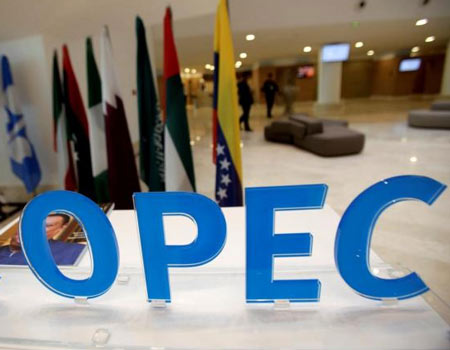Demand was strong because the lower-for-longer oil prices between 2015 and 2017 stimulated consumption growth in both mature OECD economies like the United States and most of Western Europe, and in emerging non-OECD markets, China and India in particular.
All oil importing nations benefited from the lower oil prices, but while demand growth in India and China is largely driven by economic expansion and industrial activity, in OECD economies demand is more closely linked with large and sustained changes in oil prices. The 70-per cent rally in oil prices since the middle of last year is expected to moderate growth in the more price-sensitive OECD economies, Reuters market analyst John Kemp argues.
Oil demand will continue to increase, largely driven by non-OECD markets like China and India, but the higher oil prices could slacken the pace of the OECD demand growth that could curb global oil demand growth.
Last year, oil demand grew by 1.7 million bpd, similar to the 2016 growth and well above the 10-year average of some 1.1 million bpd, BP said in its BP Statistical Review of World Energy 2018 published this week.
“Not surprisingly, oil demand in 2017 continued to be driven by oil importers benefitting from the windfall of low prices, with both Europe (0.3 Mb/d) and the US (0.2 Mb/d) posting notable increases, compared with average declines over the previous 10 years,” BP noted.
Growth in non-OECD China—500,000 bpd was closer to its 10-year average, according to the review.
“But there were some signs in the product mix that the boost from low oil prices may be beginning to wane. Growth in consumer-led fuels most exposed to oil price movements, especially gasoline slowed in 2017. In contrast, diesel demand bounced back, buoyed by the acceleration in industrial activity,” said BP.
The supermajor’s chief economist Spencer Dale thinks that oil prices at the current levels will eat into global oil demand.
ALSO READ: IEA says ‘mission accomplished’ for OPEC as oil stocks shrink
“If we saw oil prices stay at these types of levels, I think that would eat into oil demand,” Dale said at the presentation of BP’s review. “One of the lessons we’ve learned over the last few years is that oil demand does respond to pricing laws.”
The International Energy Agency (IEA), in May cut its estimate demand for 2018 global oil growth by 40,000 bpd to 1.4 million bpd, “because of rising prices.”
Although underlying demand remains strong, the IEA thinks that with nearly 75-per cent jump in oil prices since June 2017, “it would be extraordinary if such a large jump did not affect demand growth, especially as end- user subsidies have been reduced or cut in several emerging economies in recent years.”
In the June Oil Market Report out this week, the IEA kept its 1.4-million-bpd growth forecast unchanged, issuing its estimate for 2019 demand growth 1.4 million bpd. Downside risks to that projection include “higher prices, a weakening of economic confidence, trade protectionism and a potential further strengthening of the US dollar.”
WATCH TOP VIDEOS FROM NIGERIAN TRIBUNE TV
- Let’s Talk About SELF-AWARENESS
- Is Your Confidence Mistaken for Pride? Let’s talk about it
- Is Etiquette About Perfection…Or Just Not Being Rude?
- Top Psychologist Reveal 3 Signs You’re Struggling With Imposter Syndrome
- Do You Pick Up Work-Related Calls at Midnight or Never? Let’s Talk About Boundaries






